India’s textiles and apparel industry stands as a cornerstone of its economy, as it brings substantial economic growth. In May 2024, Indian textile exports grew by 9.59% compared to the previous year, while apparel exports saw a growth of 9.84% during the same period.
As of 2024, this industry is thriving, contributing greatly to India’s economy and providing jobs to millions of people. Exporting textiles and clothes not only boosts India’s income but also shares its rich cultural heritage worldwide. It’s also a major source of jobs, offering livelihoods to many skilled workers.
Overview of the India’s Export Process
India’s export process requires a keen understanding of regulatory frameworks and compliance with EXIM policies. This ensures smooth operations and adherence to international standards, crucial for sustaining global trade relationships and enhancing market competitiveness.
Compliance with EXIM Policies
EXIM (Export-Import) policies govern trade regulations, tariffs, and documentation requirements essential for smooth transactions across borders. Adherence ensures legal integrity, minimizes risks of penalties or delays, and fosters trust with international partners.
Objectives of India’s EXIM (Export-Import) policy typically include:
1. Promotion of Exports: Encouraging and facilitating exports across various sectors to enhance foreign exchange earnings and promote economic growth.
2. Facilitation of Imports: Ensuring easy access to essential raw materials, capital goods, and technologies that support domestic production and export competitiveness.
3. Enhancement of Trade Balance: Balancing imports and exports to maintain a stable trade environment and minimize trade deficits.
Role of Regulatory Bodies in Ensuring Quality and Standards
Regulatory authorities in India, such as the Bureau of Indian Standards (BIS) and Export Inspection Council (EIC), play pivotal roles in maintaining product quality and standards. They enforce regulations, conduct inspections, and issue certifications that validate product quality and safety. This oversight not only safeguards consumer interests but also enhances the credibility of Indian exports in global markets.
Top Textile Export Products from India
Below are some of the top products that highlight India’s diverse textile industry in foreign markets. The products leverage its rich cultural heritage, skilled workforce, and robust manufacturing capabilities to cater to global demand across different segments of the textile market.
- Ethnic wear
- Kids wear
- Kitchen linen
- Handwoven and cotton textiles
- Woolen wear
- Carpets
- Home textiles
The top export markets for India’s textile and apparel products include the US, UAE, Netherlands, UK, China, Singapore, Saudi Arabia, Bangladesh, Germany and France, all of which registered double-digit growth rates.
Steps to Exporting Textiles and Clothes from India
Exporting goods involves a series of structured steps and documentation to ensure compliance and smooth transit of goods to international markets. Here’s a detailed overview:
Step 1: Obtain an Export License from DGFT
Before exporting, businesses must obtain an Export License from the Directorate General of Foreign Trade (DGFT). This license ensures compliance with regulatory requirements and facilitates legal export operations.
During the process, it’s important to understand the duty percentage for the products being shipped. Knowing the applicable duties can help you price your products competitively and avoid unexpected costs.
To simplify this process, businesses can utilize Intoglo’s AI-based HS code scanner. This innovative tool allows you to take an image of any product you want to export and get an idea of the duty percentage. This tool provides duty percentages specifically for exports to the USA. Using the HS code scanner can significantly streamline your export preparation by offering quick and accurate duty information, helping you make informed decisions and ensuring cost efficiency.
Step 2: Ensure Product Compliance with Destination Country’s Quality Standards
Products for export must meet the standards of quality and safety criteria specified by the destination country. Compliance often requires obtaining certifications or conforming to specific regulatory requirements.
Step 3: Approach a Bank for Export Finance
Exporters typically require financial support to fulfill export orders. Approaching a bank for export finance, such as pre-shipment and post-shipment finance, helps cover production and shipment costs until payment is received.
Step 4: Secure Necessary Certificates and Permits
Depending on the nature of goods and destination, exporters may need additional certificates or permits. These could include phytosanitary certificates for agricultural products, sanitary certificates for food items, or special permits for controlled goods.
Step 5: Engage a Reputable Freight Forwarder
Selecting a reliable freight forwarder is crucial for managing logistics. Freight forwarders like Intoglo not only handle transportation arrangements or customs clearance but also offer door-to-door FCL shipping from India to the USA,delivering to over 41000 zip codes and ensuring items arrive effectively and on schedule.
Step 6: Track Shipment Progress
Monitoring shipment progress with Intoglo allows exporters to anticipate delays, track delivery timelines, and proactively address any logistical challenges that may arise.
Documentation Required:
1. Commercial Invoice: Provides specifics on the trade between the importer and exporter, such as quantities, prices broken down item by item, and conditions of sale.
2. Packing List: Defines the contents of each shipment unit, including weights, dimensions, and packaging details.
3. Certificate of Origin: Verifies the origin of goods, assuring that they were manufactured in the exporting country as declared.
4. Bill of Lading or Airway Bill: It acts as a receipt of goods for shipment, provided by the carrier, detailing shipment terms and confirming ownership.
5. Insurance Certificate: It offers as a proof of insurance coverage for the goods during transit, protecting against loss or damage.
6. Purchase Order or Letter of Credit: Specifies the buyer’s commitment to purchase goods or the bank’s guarantee of payment to the exporter.
7. Export Declaration Form: Filed with customs authorities to declare exported goods, providing details such as value, quantity, and destination.
These steps and documentation ensure exporters comply with legal requirements, manage logistical challenges, and successfully navigate international trade transactions.
Export Incentives for Textiles
Export incentives are crucial for promoting and supporting Indian exports in global markets. Here’s an overview of key incentives available to exporters:
1. Drawback on State Levies:The Drawback of State Levies (RoSL) reimburses exporters for state-level taxes and levies that are not refunded under GST. This helps reduce the cost of exported goods, making them more competitive in international markets.
2. Duty Drawback: Duty Drawback refers to a refund of duties and taxes paid on imported materials used in the production of goods exported. It aims to neutralize the incidence of duties and taxes, ensuring competitiveness and encouraging exports.
3. Cumulative Duty Credit Entitlement (CDCE) Scheme: The CDCE Scheme allows exporters to accumulate duty credit based on incremental exports of notified goods. These credits can be used to pay customs duties on imported goods or transferred to others, incentivizing increased export volumes.
4. Export Promotion Capital Goods (EPCG) Scheme: Under the EPCG Scheme, exporters can import capital goods at concessional customs duty rates to enhance productivity and competitiveness. The scheme facilitates technological upgrades and infrastructure development in export-oriented industries.
5. Special Economic Zone (SEZ) Benefits: SEZs offer a host of benefits to exporters, including duty-free import of goods for production, exemption from state taxes, and streamlined regulatory procedures. They provide a conducive environment for export-oriented businesses to operate efficiently.
Utilizing Free Trade Agreements (FTAs) for Duty Benefits
India has Free Trade Agreements (FTAs) with various countries, including Australia, Japan, and Malaysia. By leveraging these agreements, exporters can benefit from reduced or zero duties on textile goods. To avail these duty benefits, it is essential to obtain a Certificate of Origin (COO). This certificate verifies that the textile goods were manufactured in India and are eligible for preferential treatment under the FTA. Presenting the COO to the customs authorities in the importing country can significantly lower the cost of exporting your products.
Incorporating this strategic advantage can make your textiles more competitive in the global market, ensuring better profit margins and expanded market reach.
Export Promotion Councils for Textile Export
Export Promotion Councils (EPCs) in India play a vital role in promoting and supporting specific sectors of the export industry. Here’s an overview of key EPCs and their roles:
1. Apparel Export Promotion Council (AEPC): AEPC promotes and supports India’s apparel and garment exports. It facilitates market access, provides export-related information and guidance, organizes trade fairs and delegations, and advocates policy measures to enhance competitiveness in global markets.
2. Cotton Textiles Export Promotion Council (TEXPROCIL): TEXPROCIL focuses on promoting India’s cotton textile exports. It assists exporters with market development, facilitates participation in international exhibitions, provides trade information and research, and advocates for policy initiatives benefiting the cotton textiles sector.
3. Indian Silk Export Promotion Council (ISEPC): ISEPC supports India’s silk industry by promoting silk exports globally. It undertakes market development activities, organizes buyer-seller meets and exhibitions, offers export-related advisory services and works towards enhancing the visibility and competitiveness of Indian silk products in international markets.
4. Carpet Export Promotion Council (CEPC): CEPC promotes India’s handmade carpet exports. It facilitates market access, conducts promotional activities such as trade shows and buyer-seller meets, provides export-related information and training, and works towards ensuring quality standards and certifications for Indian carpets.
5. Wool Industry Export Promotion Council (WOOLTEXPRO): WOOLTEXPRO focuses on promoting India’s wool and woolen products exports. It supports exporters with market intelligence, organizes promotional events, facilitates participation in international trade fairs, and engages in advocacy for policy measures benefiting the wool industry.
Engaging with these Export Promotion Councils provides exporters with valuable support, market insights, networking opportunities, and advocacy on policy issues. They play a pivotal role in enhancing the competitiveness and growth of India’s export sectors by fostering collaboration between government, industry stakeholders, and exporters.
Intoglo: Your Shipping Partner in Exporting from India
Exporting from India to the USA demands a reliable logistics partner like Intoglo. Specializing in seamless door-to-door shipments, Intoglo ensures your goods reach their destination efficiently and on time. Here’s why partnering with Intoglo can streamline your export process:
- Specialized Amazon FBA Services: Intoglo offers specialized trucking partners for Amazon FBA shipments, ensuring your products reach Amazon fulfilment centres efficiently and meet Amazon’s stringent requirements.
- Expert Handling of Logistics: From documentation to customs clearance, Intoglo manages the entire logistics chain, ensuring smooth transit and compliance with international regulations.
- Transparent Pricing: No hidden charges mean you can plan your budget accurately, with clarity on costs from pickup to delivery.
- Extensive USA Network: With over 50 warehouses across the USA, Intoglo provides strategic storage solutions and swift distribution channels to meet market demands promptly.
- Trucking Expertise: Intoglo facilitates 40+ trucking partners in the USA and can efficiently deliver to any location, optimizing transport routes for cost-effectiveness and timely delivery.
Partnering with Intoglo not only simplifies your export operations but also enhances your competitiveness in the global market. Trust Intoglo to deliver reliability, efficiency, and professionalism in every shipment, making your export journey seamless and successful.


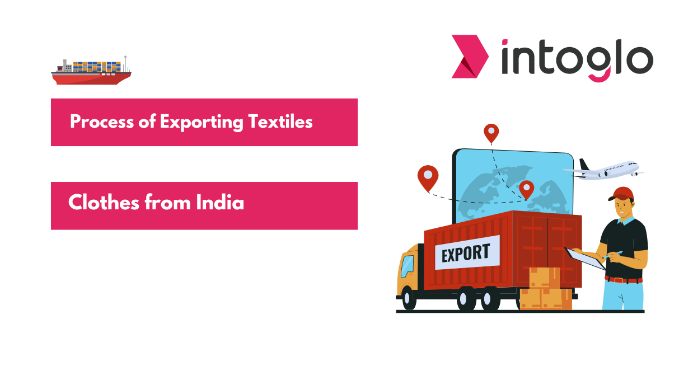
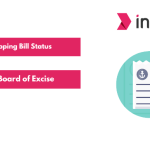
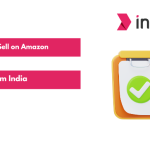
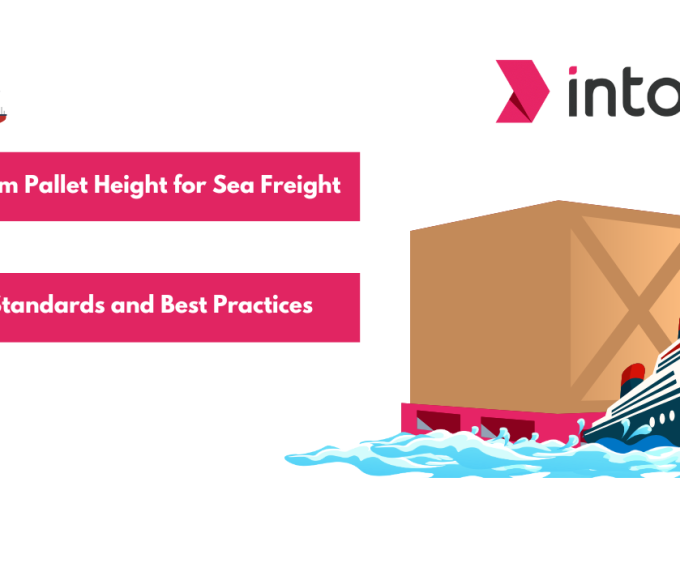
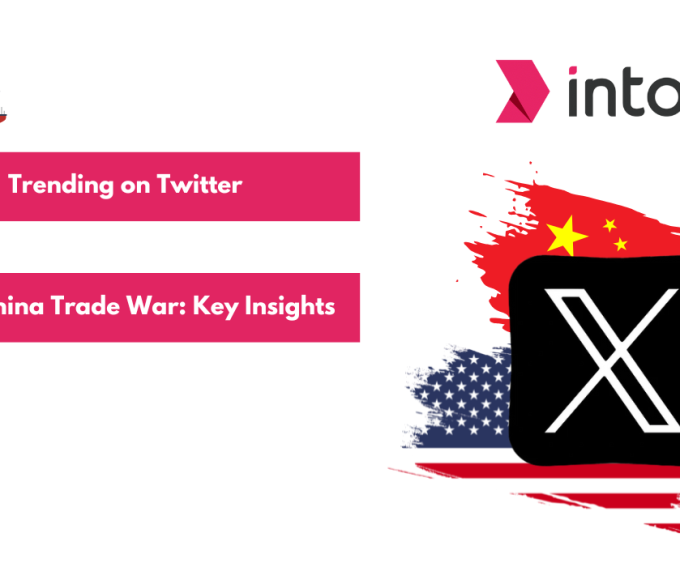


Leave a comment